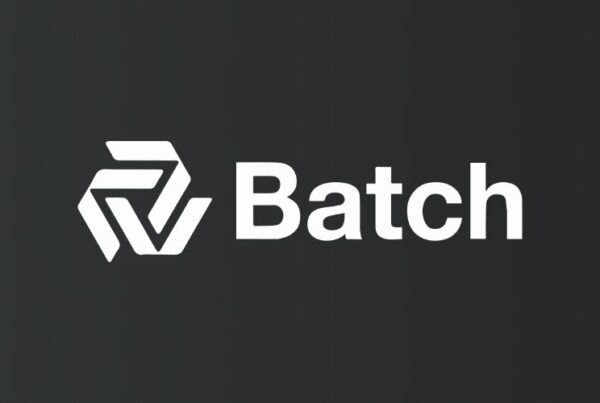In the world of blockchain technology, a distinction arises between two core types: permissionless and permissioned networks. As we look closer, it’s crucial to understand how these differences align with various use cases and implications.
🌐 Permissionless blockchains
Permissionless networks like Bitcoin and Ethereum stand as a symbol of decentralization and transparency. Here’s why they matter:
– Open Access 🚪: Anyone, anywhere, can participate in the network – be it mining, validating transactions, or developing applications. This epitomizes the original ethos of blockchain technology.
– Decentralization at Its core ⚙️: With no central authority, these blockchains offer a level of security and resilience unmatched by traditional systems.
– Transparency and inclusivity 🌍: Every transaction is public, fostering an environment of trust and openness. This is critical for applications that benefit from public scrutiny and communal trust.
But, it’s not all smooth sailing. The openness comes with challenges like scalability, slower transaction times, and higher energy consumption.
🔒 Permissioned blockchains
In contrast, permissioned networks such as the Hyperledger suite and R3’s Corda are the tailored suits of the blockchain world – bespoke, efficient, and with a touch of exclusivity. Here’s what sets them apart:
– Selective participation 🛂: By allowing only vetted participants, these blockchains cater to specific business or organizational needs where trust is established and privacy is paramount.
– Efficiency and scalability ⚡: With fewer nodes to manage consensus, these networks are faster, making them ideal for enterprise solutions.
– Privacy and customization 🎭: They offer enhanced privacy controls and are customizable to suit specific industry requirements.
However, the trade-off here is a degree of centralization and less transparency, which might not align with the decentralized ethos of blockchain purists.
🔍 Analyzing the use cases
Public and private needs: Permissionless blockchains are ideal for applications that require maximum security and decentralization, like cryptocurrencies. Permissioned blockchains, on the other hand, are better fit for enterprise applications where privacy and speed are paramount.
Adaptability and future-proofing 🌟: Permissionless blockchains offer an immutable and unchangeable ledger, key for applications needing unalterable records. Permissioned blockchains are more adaptable, allowing changes and upgrades as per organizational needs.
In conclusion, the choice between the two depends on the specific needs and goals of the project. As we go ahead in the blockchain era, understanding these nuances is crucial for leveraging the right technology for the right application.



